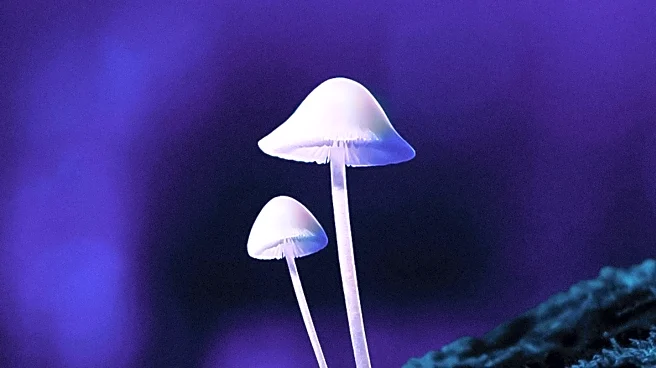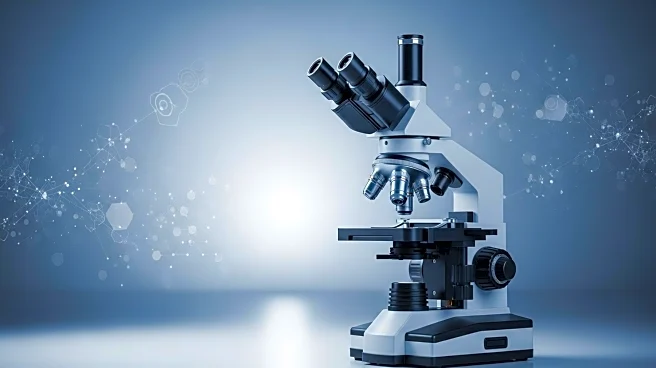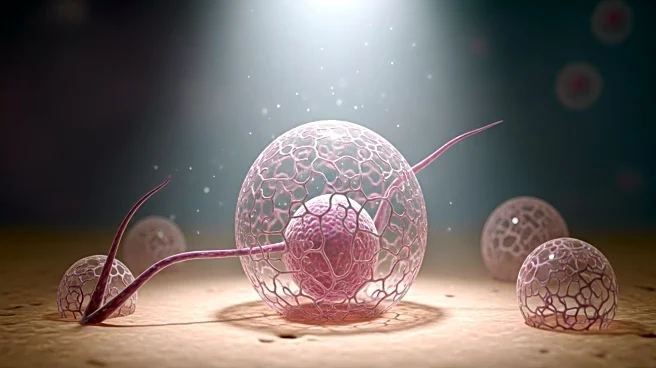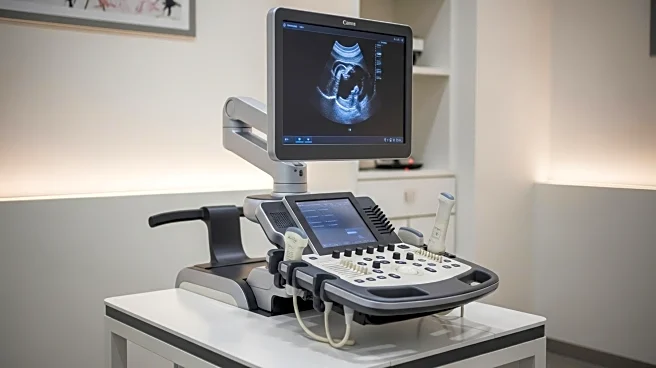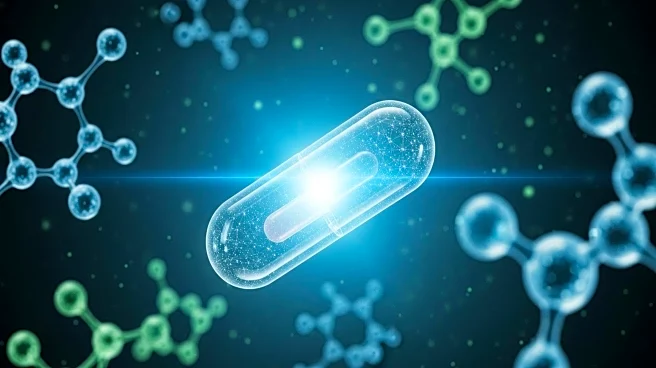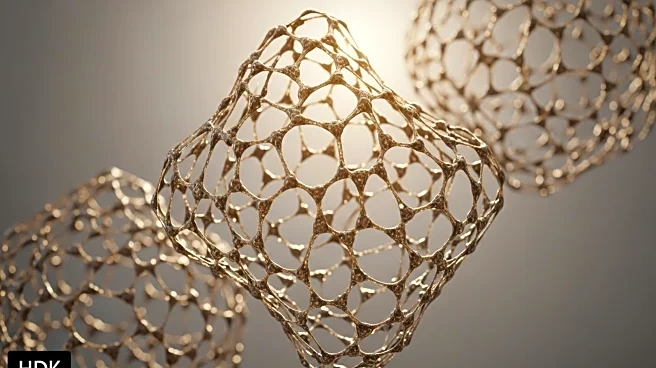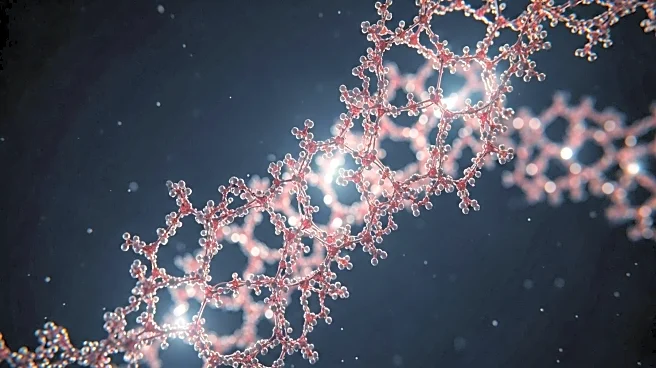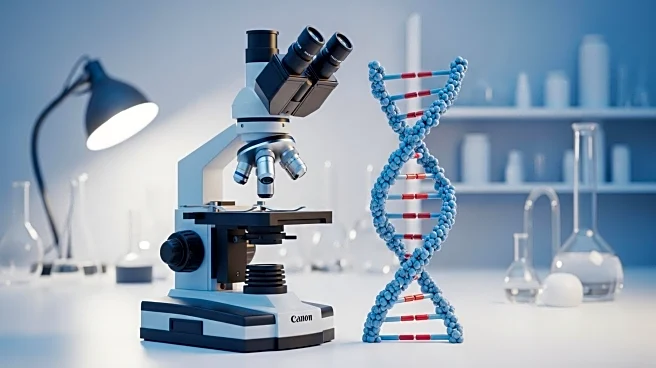What is the story about?
What's Happening?
Researchers at the University of Utah are investigating the potential of fungi-based hydrogels for use in biomedical applications. The focus is on Marquandomyces marquandii, a common soil mold, which has been identified as a promising candidate for creating bio-integrated hydrogels. These hydrogels are formed from organisms that create crosslinked, intricate network structures, potentially suitable for replacing soft tissues in the human body. The research highlights the ability of M. marquandii to form hydrogels that retain up to 83 percent water, making them viable for tissue regeneration and engineering. The study, led by engineer Atul Agrawal, emphasizes the unique properties of fungi, particularly their mycelium networks, which are fibrous and layered, offering exciting possibilities for biomaterial exploration.
Why It's Important?
The development of fungi-based hydrogels could revolutionize the field of biomedical engineering by providing new materials for tissue regeneration and wearable devices. These hydrogels mimic the viscoelastic properties of human tissues, offering a promising alternative to synthetic materials. The research could lead to advancements in medical treatments, such as burn care and bone scaffolding, potentially improving patient outcomes and reducing reliance on synthetic materials. The ability to manipulate the growth conditions of M. marquandii to optimize its microstructure further enhances its applicability in various medical contexts, potentially benefiting healthcare providers and patients alike.
What's Next?
Further experiments are necessary to understand how M. marquandii interacts with living tissue and to ensure its safety for human use. Researchers will continue to explore the optimal conditions for growing these hydrogels, such as adjusting oxygen supply and temperature, to refine their properties for specific applications. The long-term goal is to develop fungi-based materials that can be used in clinical settings, although it may take time before such treatments are available to patients. Continued research and collaboration among scientists and medical professionals will be crucial in advancing this innovative approach to wound healing and tissue engineering.
Beyond the Headlines
The exploration of fungi-based hydrogels raises ethical and environmental considerations, particularly regarding the use of living organisms in medical treatments. The potential for allergic reactions to chitin, a component of fungi, must be carefully evaluated to ensure patient safety. Additionally, the sustainable cultivation of fungi for biomedical purposes could offer an environmentally friendly alternative to traditional synthetic materials, aligning with broader efforts to reduce the ecological footprint of medical practices.
AI Generated Content
Do you find this article useful?
